1. Lava Lamps
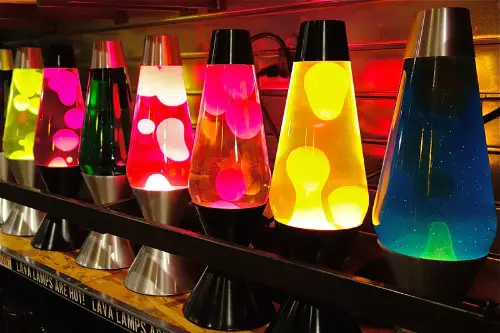
Lava lamps were one of the grooviest fads of the ’70s, often seen as a cool accessory in living rooms or on desks. Their mesmerizing, flowing wax blobs created a relaxing atmosphere and were seen as a symbol of the era’s free-spirited vibe, according to The Guardian. But over time, people grew tired of their novelty, and the hype faded. These days, the lava lamp is more of a quirky vintage item, seen more as a decoration than a functional object.
The steady rise of LED lights, smart bulbs, and sleek modern lighting designs took over, leaving lava lamps in the dust. They’re still sold in stores, but not many people use them regularly. It seems like the once mesmerizing display of moving wax no longer has the same appeal. Now, they’re mostly found in nostalgia-driven gift shops or thrift stores.
2. Rotary Phones
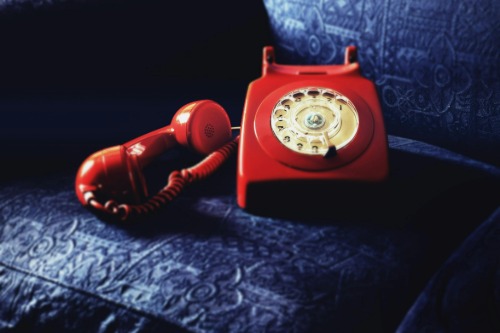
Back in the ’70s, the rotary phone was a household staple, The Guardian explains. These were the go-to for communication, and dialing numbers involved spinning a wheel in a circular motion. But with the rise of touch-tone phones and mobile devices, rotary phones quickly became a thing of the past. Nowadays, no one really has the patience for that slow, clunky method of dialing, especially when instant communication is just a tap away.
The technology was revolutionary in its time, but it’s almost impossible to find someone who uses a rotary phone today. Plus, modern smartphones have come to dominate, offering so much more than just calling capabilities. A rotary phone’s usefulness simply didn’t last long into the digital age. Despite their charm, these phones are now more of a collector’s item than a practical tool.
3. Console Stereos
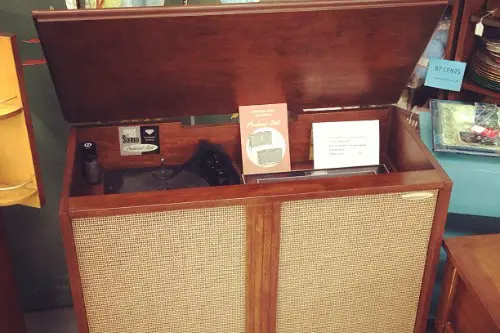
Big, bulky console stereos were a fixture in homes across America in the ’70s, according to the Los Angeles Daily News. These grand furniture pieces housed turntables, radios, and speakers all in one, and they were seen as a symbol of class and sophistication. However, as technology advanced, people wanted more portable and efficient sound systems. The compactness and portability of modern speakers have made these console stereos largely obsolete.
The shift to cassette tapes, CDs, and eventually MP3s also led to the decline of the turntable as the primary way to listen to music. Now, instead of these large units, most people rely on Bluetooth speakers or streaming services. While retro enthusiasts still appreciate the vintage feel, these systems are often relegated to attics or basements. The console stereo has evolved into a nostalgic relic for collectors rather than a household necessity.
4. Home Jacuzzis

Jacuzzis and hot tubs were incredibly popular in the ’70s as symbols of luxury and relaxation. People thought of them as the ultimate way to unwind, and they were often placed in spacious bathrooms or backyards. Over time, though, the maintenance, cost, and sheer space they took up began to turn people off. Many also found that once the novelty wore off, the excitement of soaking in a hot tub was short-lived, according to MarketWatch.
With the rise of spas, fitness centers, and even home saunas, Jacuzzis became less of a must-have. Additionally, the growing awareness of water conservation made them seem wasteful. Though still popular in certain high-end markets, they’re far less common than they used to be. Many homes today opt for more practical, space-saving options like shower stalls with jet sprays instead.
5. Electric Can Openers
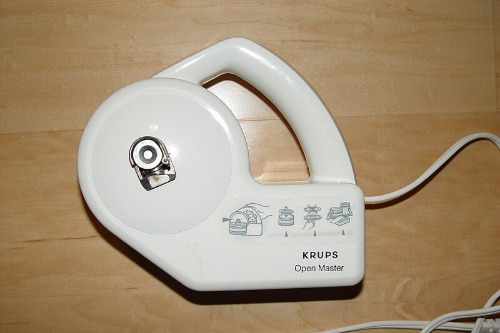
In the ’70s, electric can openers were advertised as the ultimate kitchen gadget. People loved the convenience of pressing a button instead of manually cranking a handle to open a can. However, as technology advanced, these appliances became seen as unnecessary when manual can openers were just as effective and a fraction of the cost, according to The Bargain Hunter. They also took up valuable counter space, which most modern kitchens don’t have.
With most people now opting for smaller, more efficient kitchen tools, electric can openers have fallen out of favor. Many prefer a hand-held, compact can opener that’s easy to store and use. The convenience of opening cans with the press of a button lost its novelty. As a result, these gadgets are now largely gathering dust in thrift stores or forgotten cabinets.
6. Corded Vacuum Cleaners
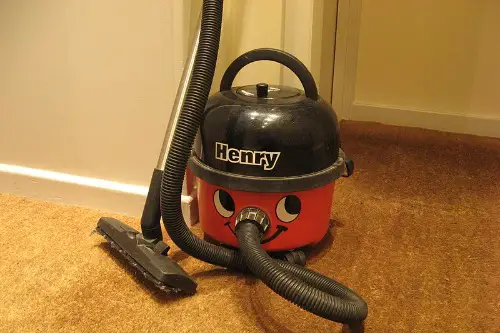
Vacuum cleaners in the ’70s often came with long cords, making them bulky and somewhat cumbersome to use. Despite being a household essential, the corded vacuum was soon eclipsed by the convenience of cordless models and robotic vacuums. The ongoing improvements in battery life and suction power meant that corded vacuums no longer offered a clear advantage. Today, many people prefer the freedom of a cordless vacuum, especially with the growing popularity of cordless stick models.
The development of lightweight models with powerful suction has made heavy corded vacuums seem outdated. The need to constantly plug in and move the vacuum from one outlet to another quickly lost its appeal. Cordless vacuums are now more compact and easier to maneuver. The corded models have, for the most part, been relegated to garage sales or charity shops.
7. Food Processors
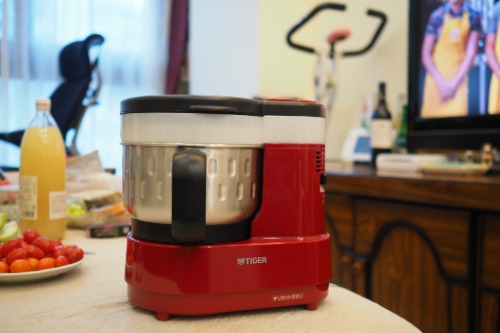
Food processors were revolutionary when they first hit the market in the ’70s, offering a quick way to chop, slice, and puree ingredients. They were particularly favored by those who loved to cook but wanted to save time on prep work. Over time, however, these machines became large and clunky, and many people found them difficult to clean. The popularity of more specific, streamlined tools like blenders and mixers made food processors seem unnecessary.
While food processors are still available today, their use is less common. With multifunctional appliances and the rise of meal prep culture, people tend to rely on more compact gadgets that can do specific tasks. The all-in-one appeal of food processors has been overshadowed by innovations in kitchen tech. These once-popular appliances now gather dust in cabinets as people turn to more efficient tools.
8. Electric Blankets
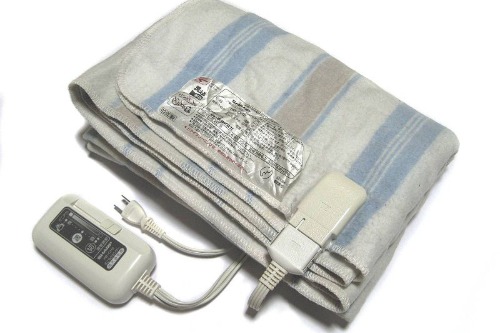
Electric blankets were a huge hit in the ’70s, offering warmth at the flick of a switch during cold winter nights. These blankets seemed like the perfect solution for staying cozy without piling on layers of bedding. Over time, however, concerns over safety, particularly the risk of overheating or fires, started to deter people. Additionally, with the rise of more efficient home heating systems, electric blankets just became less necessary.
Modern homes are better insulated, and people prefer using space heaters or wearable blankets instead of electrical devices for warmth. Today, it’s more common to find heated mattress pads than blankets, and even those are losing popularity. The once-trusted electric blanket has been replaced by safer, more modern options. What was once a luxury has now become a relic of a bygone era.
9. TV Antennas

In the ’70s, TV antennas were essential for catching broadcast signals. Most households had these large, rabbit-ear antennas or rooftop models to get a clear picture, often with a fair amount of static. But with the advent of cable TV and satellite services, these antennas quickly became obsolete. People no longer had to worry about adjusting the antenna or dealing with poor reception.
The rise of streaming services and digital antennas that don’t require the same setup further pushed out the traditional antenna. Cable and satellite providers gave consumers clearer and more consistent service. Now, the old TV antenna is often a nostalgic item found in attics or garage sales. What once was a vital part of the entertainment setup is now little more than a distant memory.
10. Typewriters
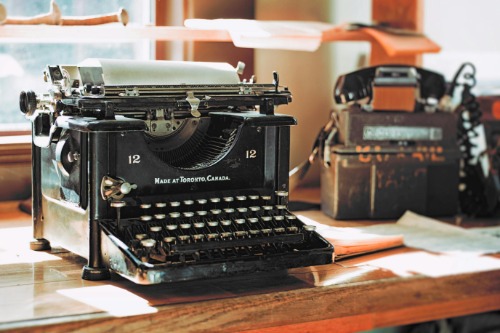
The typewriter was once the go-to tool for writing, and for many, it was a prized possession. Writers, office workers, and students all relied on these machines for creating documents, letters, and reports. However, with the advent of computers and word processors, the typewriter was quickly phased out. It’s hard to imagine typing a paper without the ability to easily delete, edit, or format, which makes typewriters seem inefficient by today’s standards.
Though some may still appreciate the vintage charm or mechanical feel, typewriters are now largely obsolete. The ease and power of computers have completely overtaken them, and modern technology makes word processing far more convenient. For most people, the idea of going back to the days of typewriter ribbons and correction fluid seems like a hassle. These machines have now taken their place in antique stores or as collectors’ items.
11. 8-Track Tapes

The 8-track tape was one of the primary formats for music in the ’70s, offering portable music that could be played in cars and on home systems. Despite being innovative at the time, the format’s limitations, including its inability to easily rewind or fast-forward, led to its downfall. In addition, the rise of cassette tapes, which were smaller and offered more convenience, quickly overshadowed 8-tracks. People wanted something more compact and less prone to malfunction.
Now, 8-tracks are mostly considered collector’s items for those looking to relive the ’70s music scene. Even music lovers today would be hard-pressed to find a working player for an 8-track tape. They were replaced by cassettes, then CDs, and now digital music. The format’s awkwardness and limitations make it practically forgotten in modern music culture.
12. Film Cameras
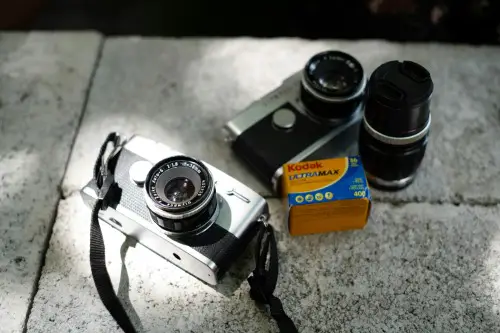
Film cameras dominated photography throughout the ’70s, offering a hands-on, tangible experience of capturing moments. People had to deal with film rolls, developing costs, and the wait to see their photos. But the digital age arrived, and digital cameras made it easier to take, store, and share photos without worrying about film. The introduction of smartphones with high-quality cameras rendered traditional film cameras practically obsolete.
The film camera’s once-irreplaceable quality and ritual of developing photos has been lost in the world of instant digital imaging. While film has made a bit of a comeback in niche circles, it’s not something most people use regularly. Digital photography offers far more convenience, and the ability to take thousands of photos with no extra cost has reshaped the way we capture memories. The film camera now serves more as a hobbyist’s tool than a daily necessity.


